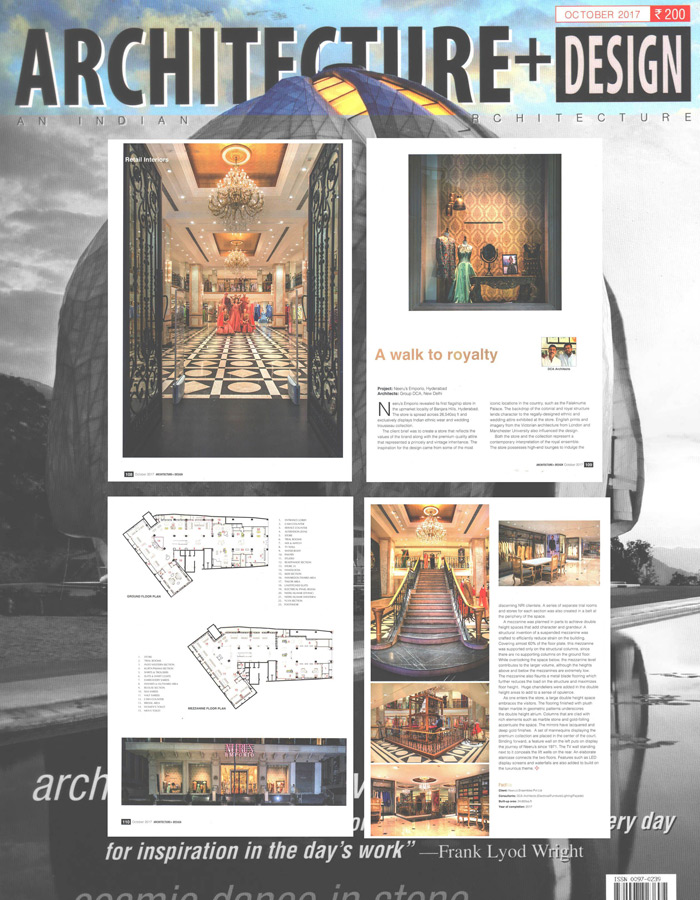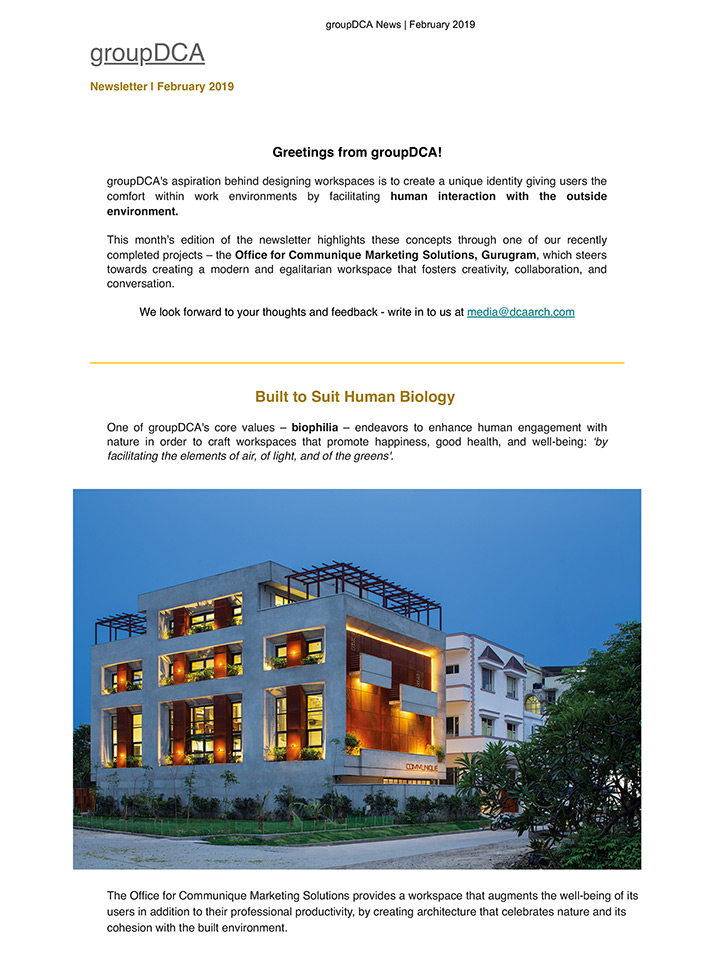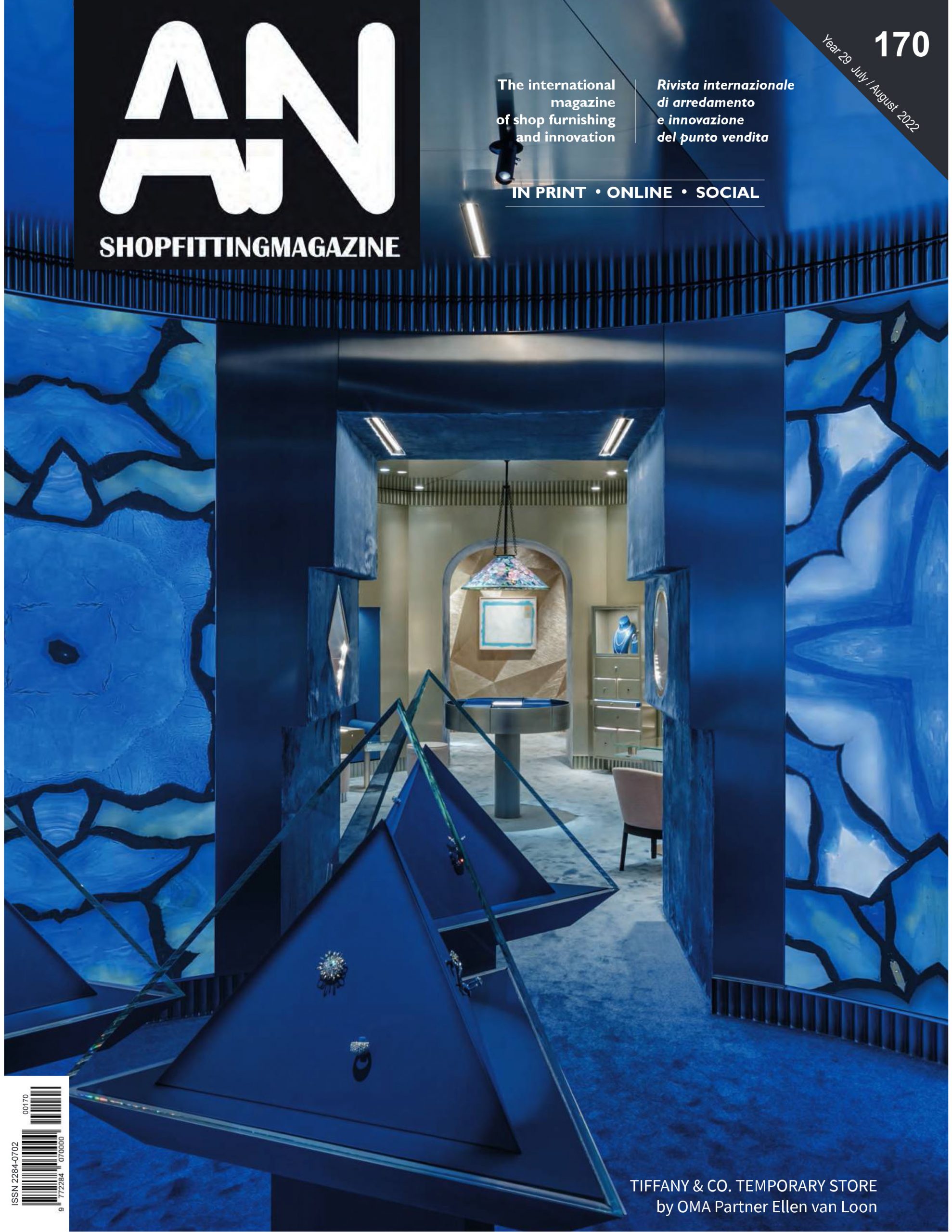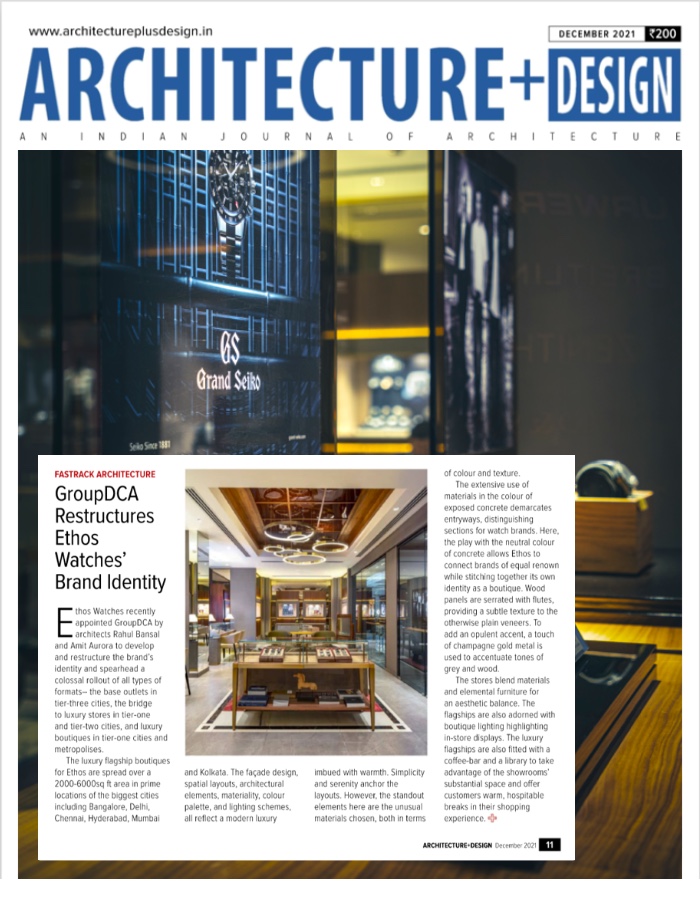The Art of Dining: How Restaurant Decor Shapes Customer Experience
by groupdca May 15, 2024The Art of Dining: How Restaurant Decor Shapes Customer Experience
In today’s competitive culinary landscape, restaurants are evolving beyond mere purveyors of sustenance. They are transforming into experience-driven destinations, vying for customer attention in a crowded marketplace. Unlike utilitarian spaces such as offices, restaurants are now offering a unique experience, making them inherently customer-centric. To truly stand out, restaurateurs are placing a strategic bet on the power of decor. This focus on design transcends aesthetics- today, it is all about carving out a distinct niche and forging a memorable narrative through a multi-sensory approach that resonates with the diners.
A thoughtful and engaging restaurant design is one that strategically curates visual intrigue, sound, aroma, and even tactile elements – it orchestrates a symphony of senses that elevates the dining experience beyond the plate. Spatial branding in restaurant decor acts as a crucial differentiator, shaping the brand narrative and fostering a seamless connection with the diner. Much like how a club relies on its distinctive atmosphere to cultivate its identity, a restaurant requires a robust design language to elevate its brand and etch itself in the customer’s memory.
Adhering to this strategy is our design for ‘Khi Khi,’ a restaurant celebrating modern Indian cuisine. The brief for this project demanded a seamless fusion of contemporary and traditional Indian elements. To achieve this, the design emphasised juxtaposing vernacular wall art with an emphasis on handcrafted carpets. This interplay within the restaurant’s interior reflects the brand’s very essence – a confident embrace of Indian heritage with a contemporary, global outlook.
A successful restaurant design hinges on a deep understanding of the surrounding context. Respecting the existing space, the chosen theme, the target audience, and the desired overall experience is crucial. Every project presents a unique set of challenges, which underscores the importance of open communication with the client. To bridge the gap between the designer’s vision and the restaurant’s users, a clear understanding of the target clientele is crucial. This necessitates a well-defined brief and an explorative design approach. For instance, a key initial step involves identifying the type of restaurant and its service style. One such example is our design for ‘Haldiram’s,’ a restaurant chain previously known for its quick-service cafe-like ambience. To broaden its appeal and target a new clientele, it was crucial to consider the venue size, operational needs for efficiency, and the new target demographic – working urban professionals. This led to a multi-pronged design approach across different locations, ensuring each space retained its unique character while still reflecting the brand’s core identity.
In a crowded market, where branded experiences are becoming increasingly popular, this approach offers a discretionary indulgence, necessitating a customer-centric approach. Ultimately, the challenge lies in achieving a harmonious balance between form and function, and crafting an inviting space that caters to both the restaurant’s operational requirements and the diner’s experience.





Comments (0)